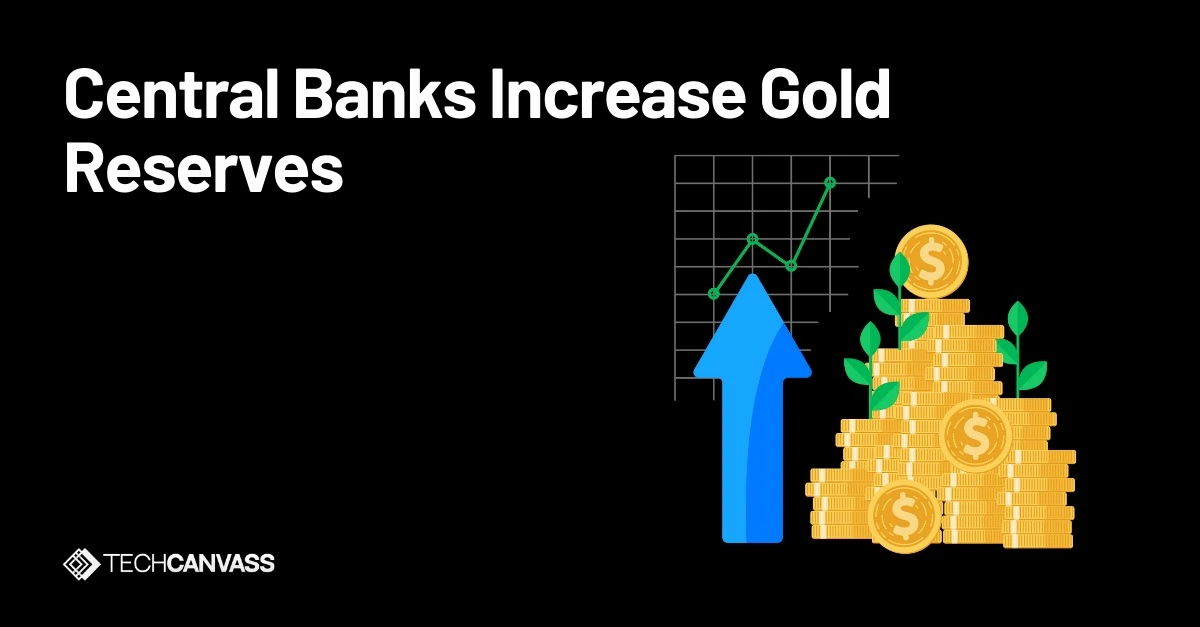Worldwide, central banks are adding to gold reserves to protect against systemic risks associated with financial market developments and international tensions. Central banks used to sell more gold than they bought, but since 2010 central bank net purchases have been about an aggregate of 5,600 tonnes.
Agricultural prices continue to soar, trailing the 60% total increase since mid-2020 in just these key crisis years like central banks’ record gold buying – sparked by geopolitical concerns ranging from commodity-tied Ukrainian turmoil and Russian sanctions (6/30). Gold has traditionally been seen as a low-reward, long-term store of value and an inflation hedge that could also be utilised outside the risk spectrum (including it in its foreign exchange reserves).
Central banks buy gold to diversify their investments and create liquidity in domestic forex markets. Even though gold has a modest Compound Annual Growth Rate, central banks can still not look beyond it as a better investment during market turbulence.
To read the entire blog, VISIT HERE.



